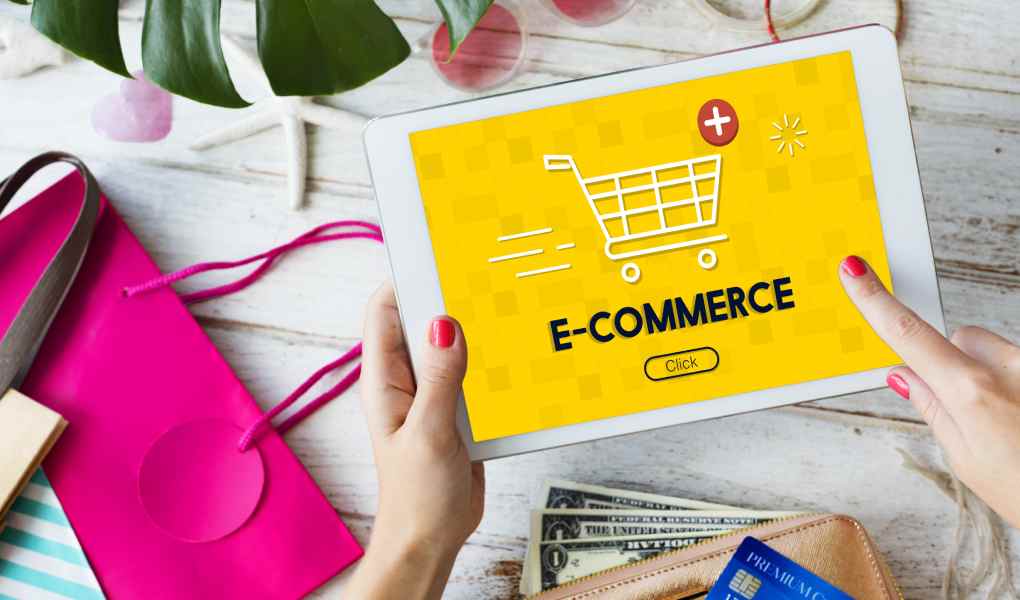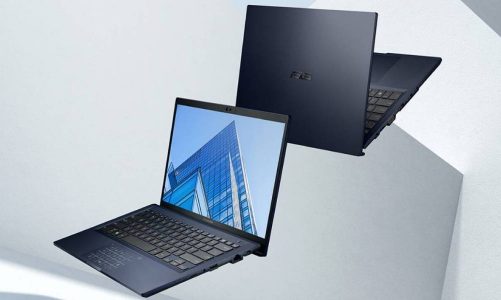The holiday season is among the most lucrative times for retailers. But how is eCommerce changing this season?
Lean into omnichannel fulfillment options like buy online, pickup in-store, and curbside pickup this holiday season. This will reduce shipping costs, speed up delivery times, and help you avoid costly returns.
Table of Contents
Crowds Are A Thing Of The Past
As consumers return to pre-pandemic shopping habits, growth rates across all retail channels will return to normal this holiday season. But this isn’t a typical year, and brands must adapt their operations to meet consumers’ new expectations, here are some Holiday 2023 ecommerce trends and data.
Those expectations include the ability to shop whenever, wherever, and however they want. This means ecommerce retailers need to be ready to serve customers’ needs, whatever they are.
For example, many shoppers unable to purchase Apple’s latest high-end phones last week because of production snafus are expected to return online and buy other products. This may drive sales for electronics, home goods, and other categories that benefit from early-season discounts. However, these discounts should be balanced with a strategy to help reduce customer propensity for costly returns, such as providing immersive online experiences using augmented reality tools or chatbots that can answer questions. These technologies can also provide valuable information about product fit and size, allowing shoppers to avoid the frustration of expensive exchanges.
Personalization Is The New Norm
In the wake of COVID-19, a contentious election season, and economic uncertainty, holiday forecasting remains challenging. However, consumers aren’t letting the setbacks slow them down. They’re focusing on safety and demanding personalized, omnichannel experiences.
To meet customer demand, retailers are investing in hyper-personalization to deliver a personalized, one-to-one shopping experience. Unlike traditional demographic segmentation, this personalization goes beyond identifying customer types and attributes to understanding their product intent and search history.
In addition, retailers are enhancing their digital experiences with styling and how-to videos, live fashion shows, augmented reality try-ons, messaging with virtual sales associates, and features that allow shoppers to buy now pay later. This helps reduce the propensity to make costly returns and makes it easy to keep track of ongoing purchases. The result is a more relevant, engaging, and convenient in-store and e-commerce experience.
In-Store Shopping Is A Thing Of The Past
Regarding holiday shopping, consumers are increasingly willing to trade crowded storefronts and Black Friday discounts for an online purchase that delivers the same products at a lower price. And as traditional delivery methods reach capacity, shoppers may be forced to wait days for their purchases to arrive, putting retailers in the driver’s seat to win their business.
For instance, by offering behind-the-scenes livestreams or video consultations, brands can turn shoppers into loyal customers while reducing fraudsters and improving returns processes. They can also communicate their return policies clearly and transparently on product pages, which helps reduce customer confusion and improves ecommerce conversion rates.
Another way to drive ecommerce sales is by leveraging chatbots, which can answer FAQs instantly and help your team focus on more complex support tickets. In the spirit of delivering personalized content, brands can use this opportunity to showcase their unique holiday offerings and convert shoppers into repeat customers.
Fulfillment Is A Thing Of The Past
In the wake of COVID-19, brick-and-mortar stores returned as shoppers reverted to pre-pandemic shopping habits. A major reason is that many consumers engage in showrooming behavior by visiting brick-and-mortar stores to inspect and feel products before purchasing online.
However, this year’s showrooming behavior was impacted by the proliferation of mobile ordering. Shoppers’ smartphones equip them with a wide array of retail-related digital tools to compare prices and reviews, as well as use apps to make purchases from their favorite retailers.
This is expected to drive up online sales this holiday season, with retailers pushing promotions earlier than ever and struggling to keep up with demand from overwhelmed package-delivery services. The key to standing out this season is understanding your customers’ behaviors and needs and then providing them with personalized offers at the right time. For example, implementing a “buy now pay later” feature (also known as BNPL) can help convert browsers into buyers by allowing consumers to split the cost of expensive items into interest-free monthly payments.
Also Read: What You Need To Deploy An Online Store Website: We Solve Technical Issues



